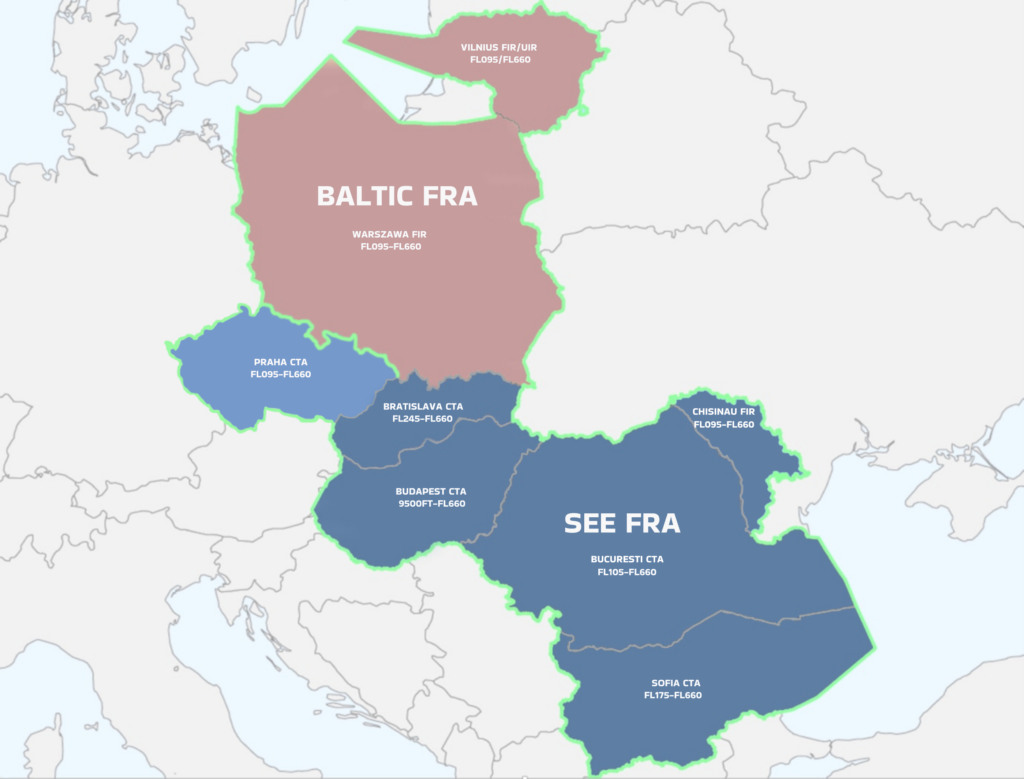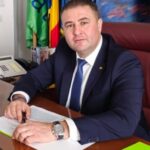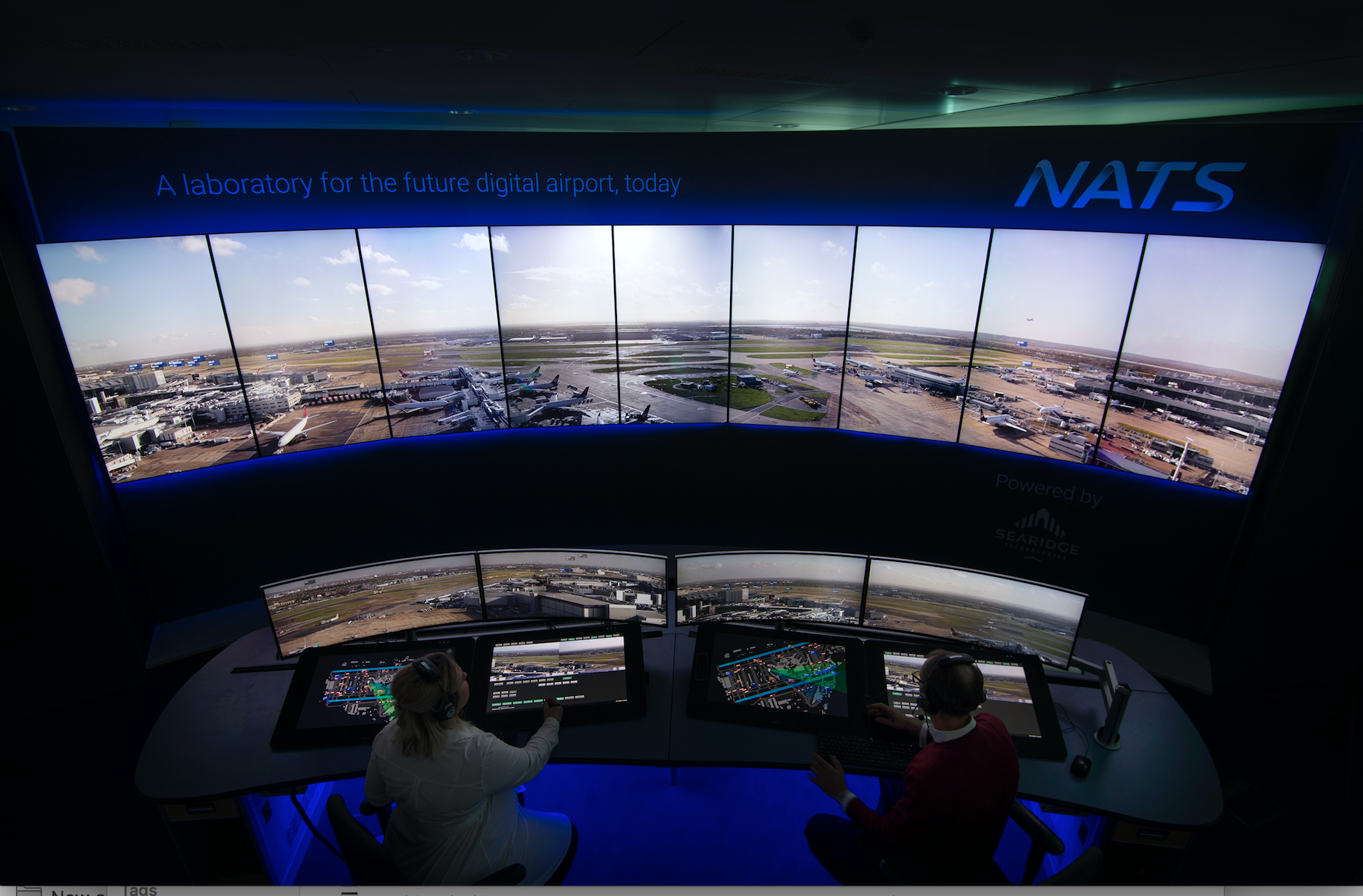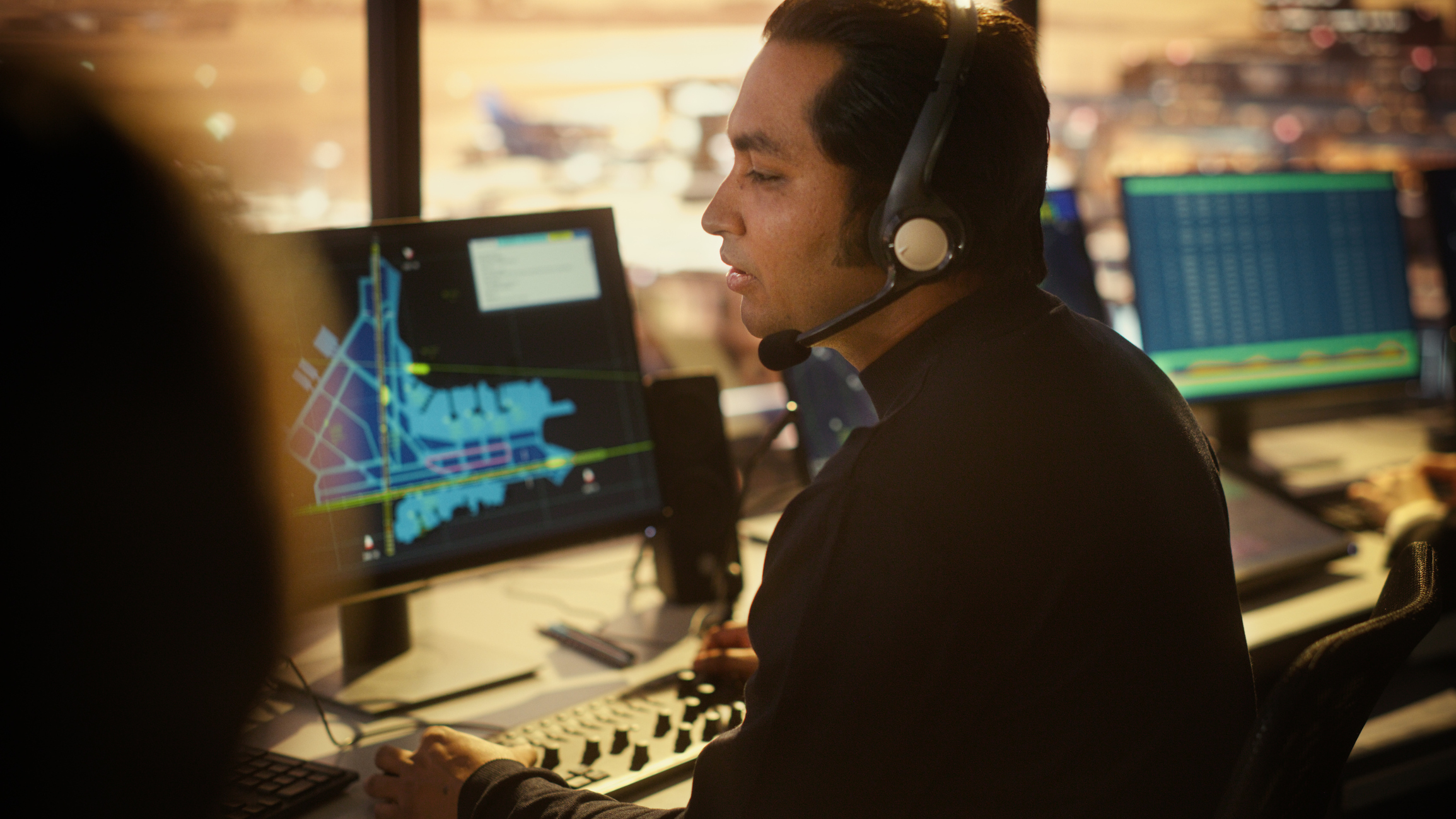Greener skies – achievements and long term challenges for ROMATSA

After overcoming the worst economic period in its history during the pandemic, European aviation is facing both the opportunity and challenge of becoming the most efficient and environmentally friendly in the world over the next 25 years. While the spotlight is on airlines and manufacturers and their transition to alternative fuels and climate-friendly technologies, air navigation service providers will also contribute to reaching this goal. This requires a multifaceted approach that encompasses various technological, operational, and collaborative aspects.
The Romanian ANSP ROMATSA is no exception, and considers that such a process is essential to address the growing concerns about aviation’s environmental impact and to contribute to achieving the EU’s climate and environment goals.
Collaboration is key
Yet greening Romania’s skies entails more than activities that are usually the responsibility of an ANSP, such as implementing cutting-edge technologies to modernize ATM, dynamic airspace configurations, or air traffic flow management procedures. It also requires a common effort and intensified cooperation between all aviation stakeholders.
For this purpose, ROMATSA is collaborating closely with airlines, airports, and other stakeholders. The use of aircraft, weather and airspace real-time data to make informed decisions can help anticipate traffic patterns, and weather disruptions and optimise flight routes. As a result, unnecessary holding patterns and ground delays are reduced, leading to fuel savings and emissions reduction.
In the DANUBE Functional Airspace Block (FAB), a collaboration between ROMATSA and Bulgarian ANSP BULATSA, we have established a common environmental policy, environmental indicators and check-lists for preliminary identification and assessment of environmental aspects in case of changes.
Free Route Airspace
ROMATSA has also been a pioneer in the implementation of operational concepts such as free route airspace (FRA) operations, under which airlines have greater freedom to plot their own route within parameters set by the ANSP. This allows for more fuel-efficient routes, and therefore lower CO2 emissions. ROMATSA has implemented this above FL105 Flight Level 105 in the Bucharest Flight Information Region (FIR) since 2021. Moreover, the South East Europe Free Route Airspace project (SEE FRA) is one of the largest free route airspace blocks in Europe, comprising Romania, Bulgaria, Hungary, Slovakia, the Czech Republic and Moldova, together with cross-border operations with the BALTIC FRA.

ROMATSA’s own initiatives
In the short term, by the end 2024, ROMATSA will bring into operation advanced tower functionalities at Bucharest Otopeni Airport, improving slot adherence, predictability and reducing delays for departures. By the end of 2025 ROMATSA will implement two more ATM software projects – which will enable greater environmental efficiency:
- Arrival Management (AMAN) will optimise arrival flows at the two main airports in Bucharest, managing more efficient routes for airspace users through proposals/notifications of proportionate absorption of delays at efficient altitudes, thus reducing the amount of fuel consumed and CO2 emissions.
- ROMAirTCM will run what-if simulations and propose optimised sector opening schemes planning, thus bringing benefits in terms of traffic predictability, flight efficiency and emissions reduction.
ROMATSA is also committed to reducing its emissions at ground level, setting as a long-term objective the efficient use of energy, while maintaining a reduced impact on the natural environment.
The most recent initiative is the S-GENERATION project, resulting in opening in 2022 of a photovoltaic plant which covers around 10 per cent of the total energy at the Air Traffic Control Centre in Bucharest and saves per year 150 tonnes in CO2 emissions. By the end of 2024, ROMATSA will replicate this system in three other regional centres.
ROMATSA’s goals
For ROMATSA, the European goal of becoming the most efficient and environmentally fly-friendly sky in the world will be achieved through a successful combination of advanced technology integration and cooperation with stakeholders, supported by decarbonised infrastructure.
In order to recognise ROMATSA’s efforts, we are applying for accreditation under CANSO’s GreenATM scheme, and we hope to receive Level 3 accreditation by 2025.




